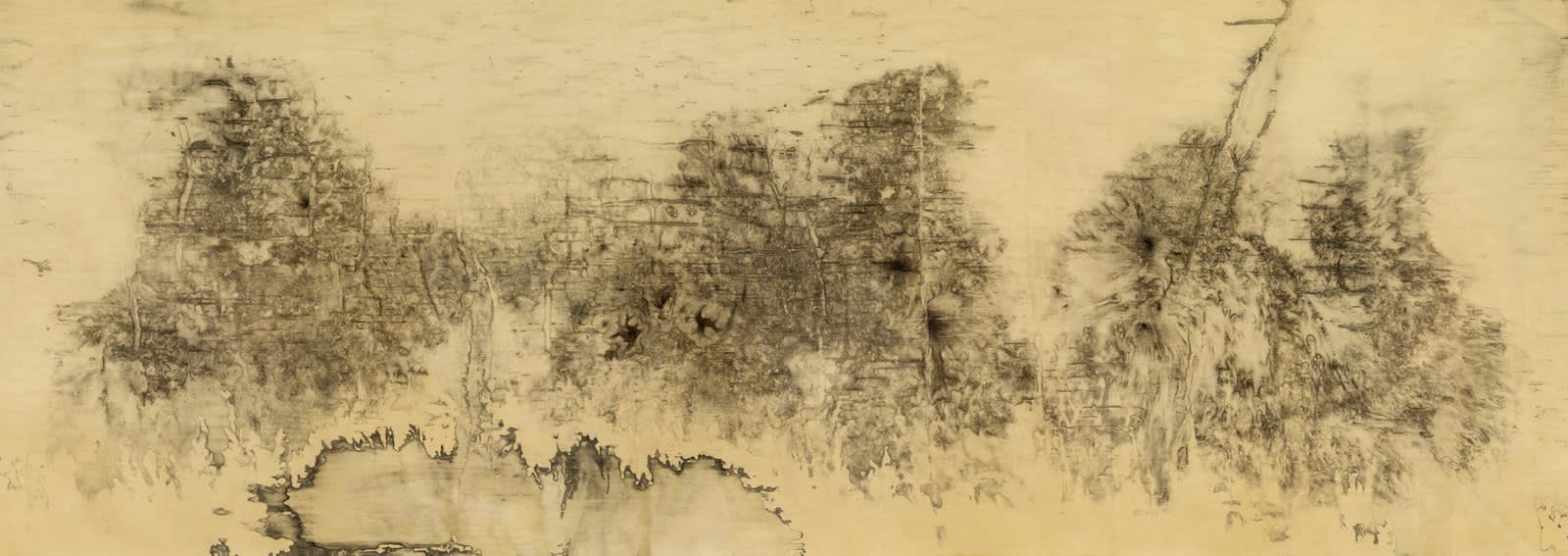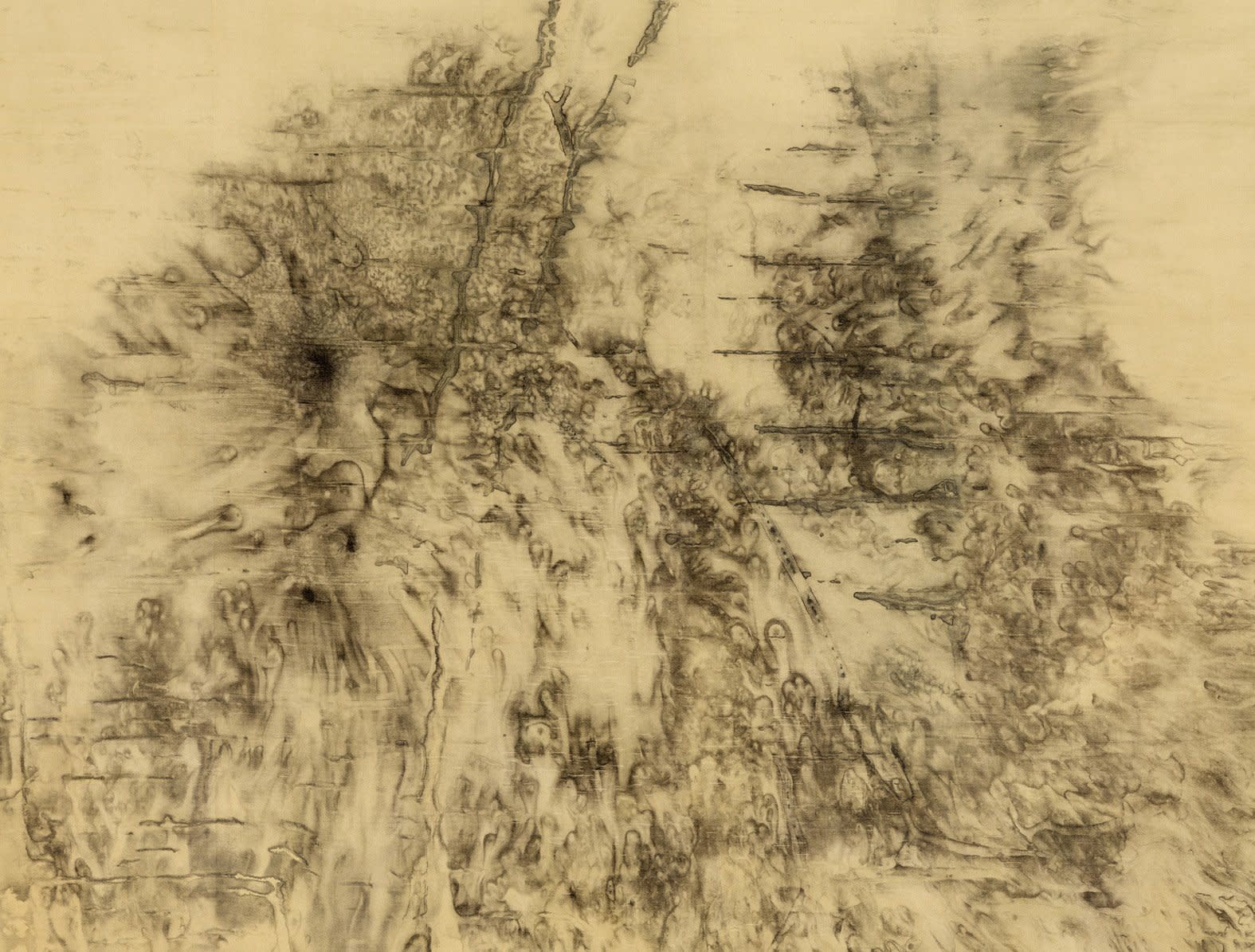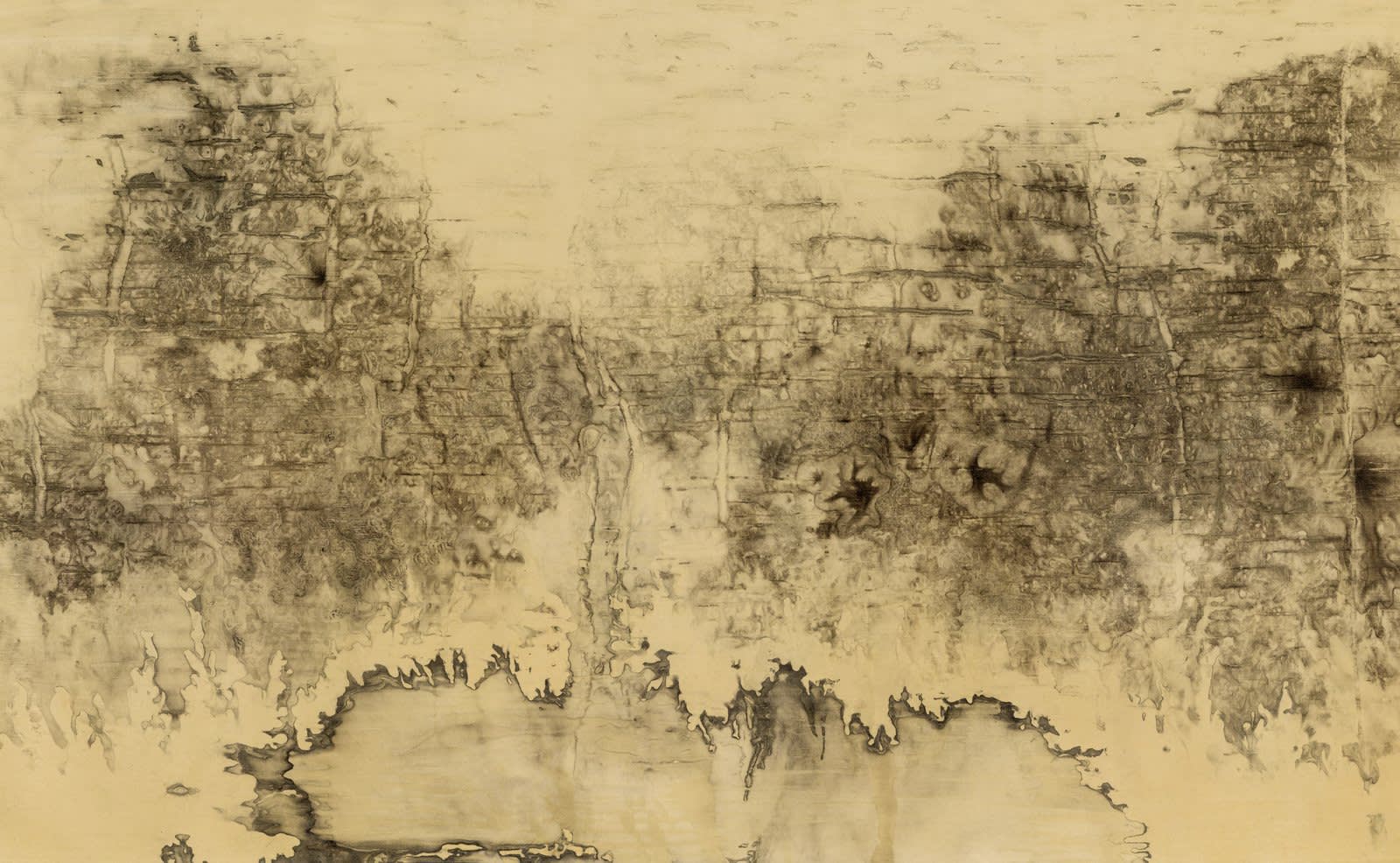Completed over the course of four and a half years, Bingyi's monumental scroll painting Apocalypse (2011-2015) recollects her first-hand experience of the sites of the 2008 Sichuan earthquake and flood. Created in collaboration with local topography, the delicate ink wash on silk paradoxically expresses the terror of catastrophe and the awesome vitality of nature reclaiming the human world. From this amorphous background, using the meticulous and idealizing language of Song-dynasty court paintings, Bingyi draws out the features of a ruined landscape in the midst of its rebirth.
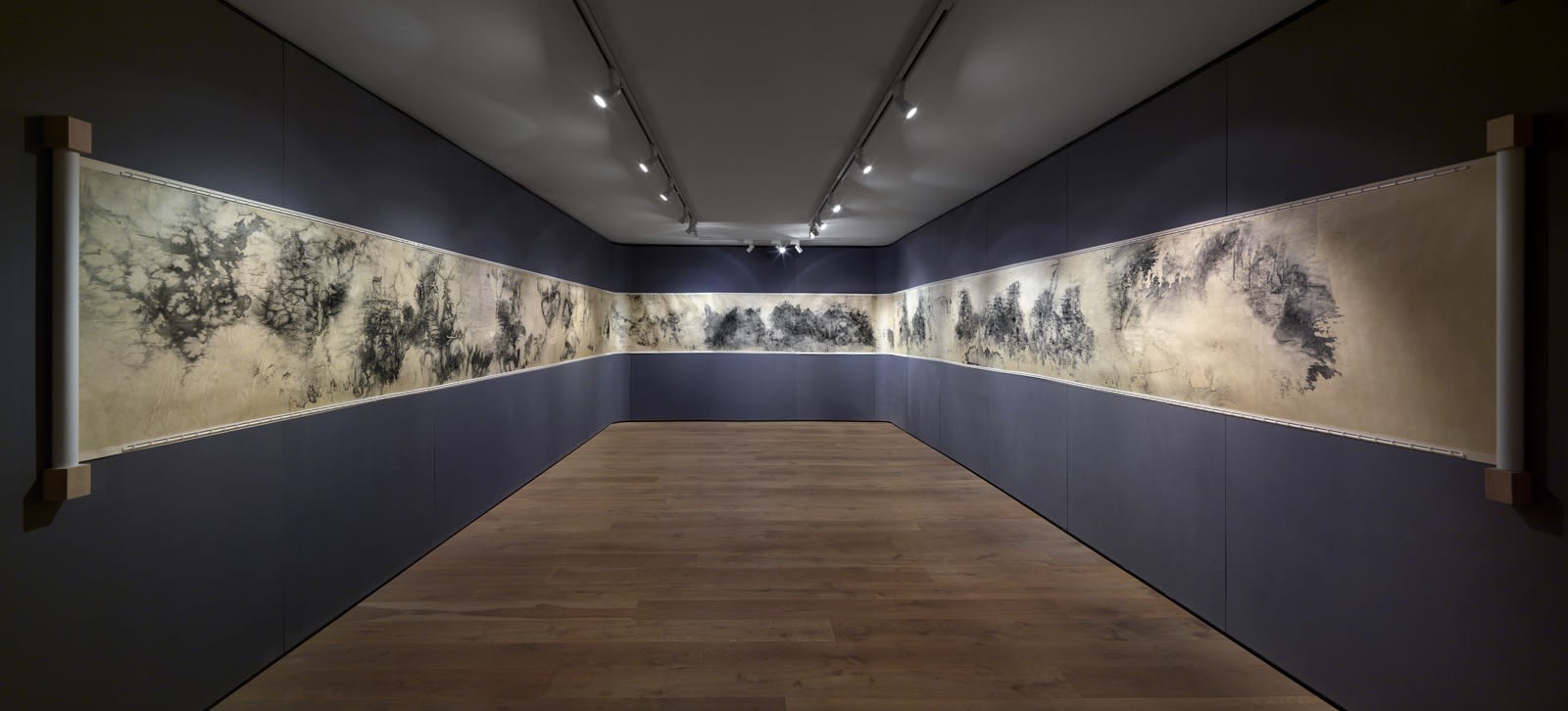
Bingyi, Apocalypse, 2011-2015, ink on silk, 2600 x 90 cm, installation view. Photographer: Jonathan Leijonhuvfud.
The major scenes in the painting are each accompanied with a poem by the artist (translated from Chinese by Alan Yeung).
Shattered earth, crumbled heaven
Tear the world open, and then begin to observe
How, in this now wide-open world
Do humans and nature coexist?
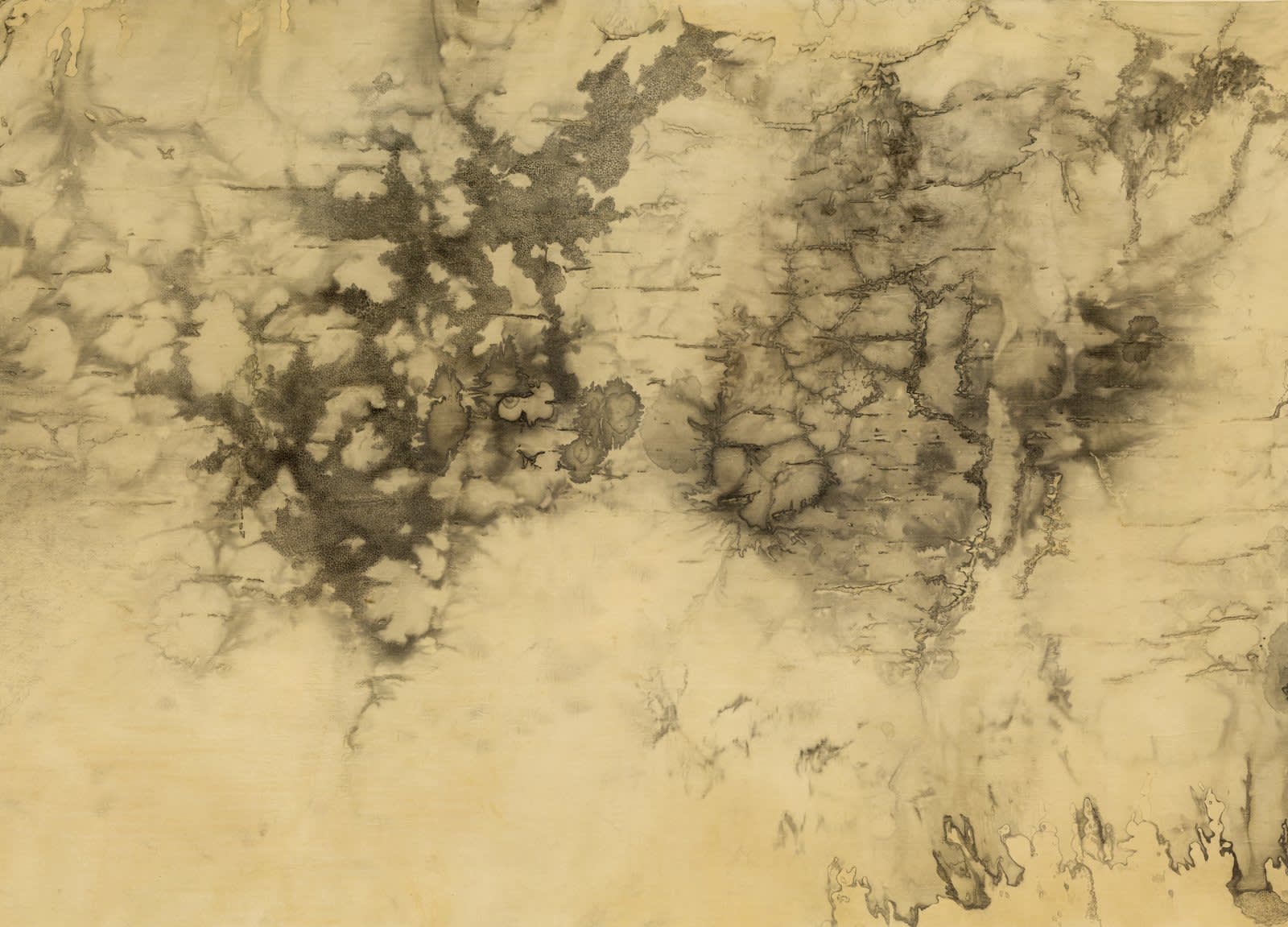
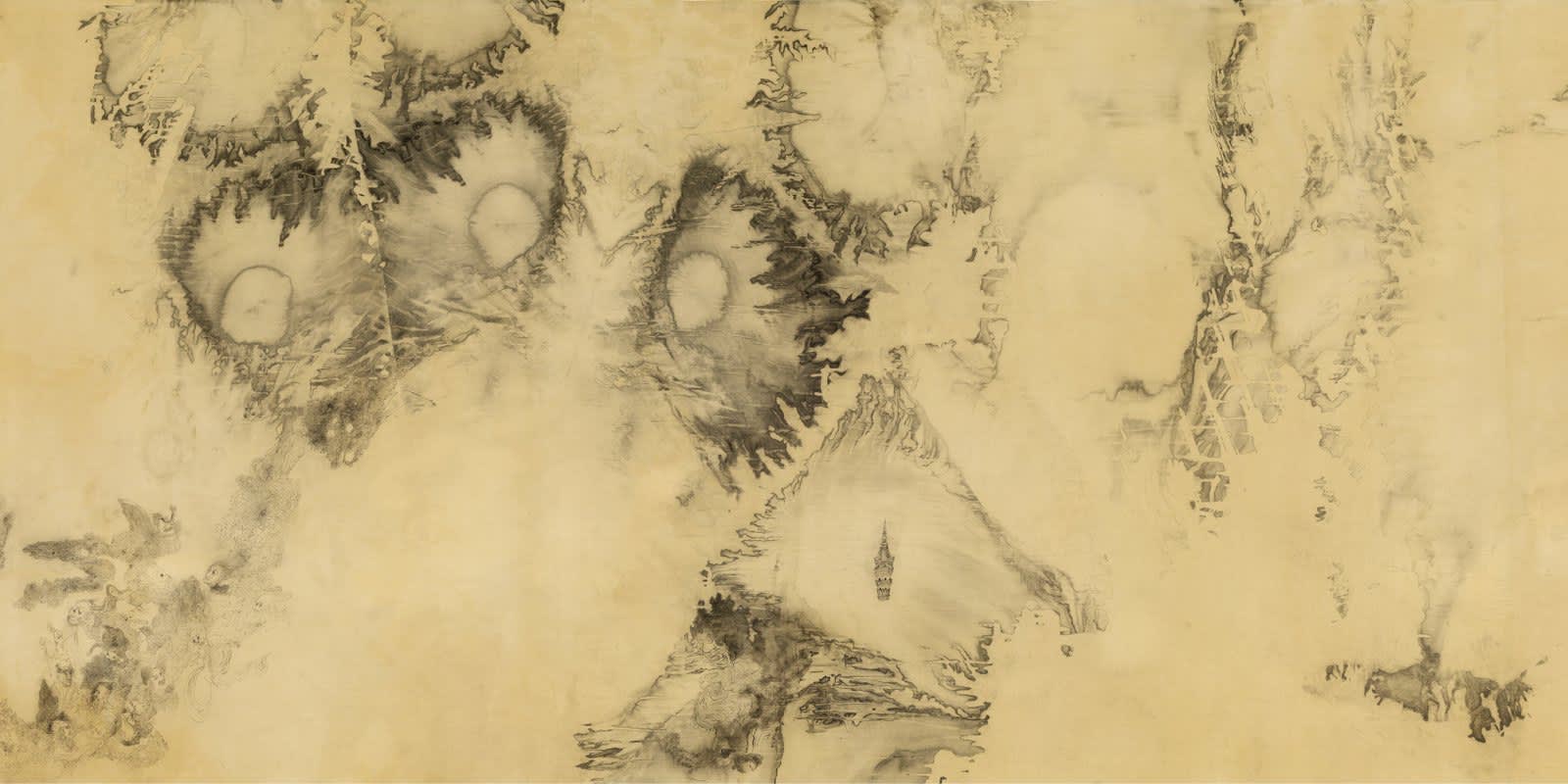
An earthquake petrified
If the earthquake pressed itself whole into amber
And froze itself
It would become
A fossil
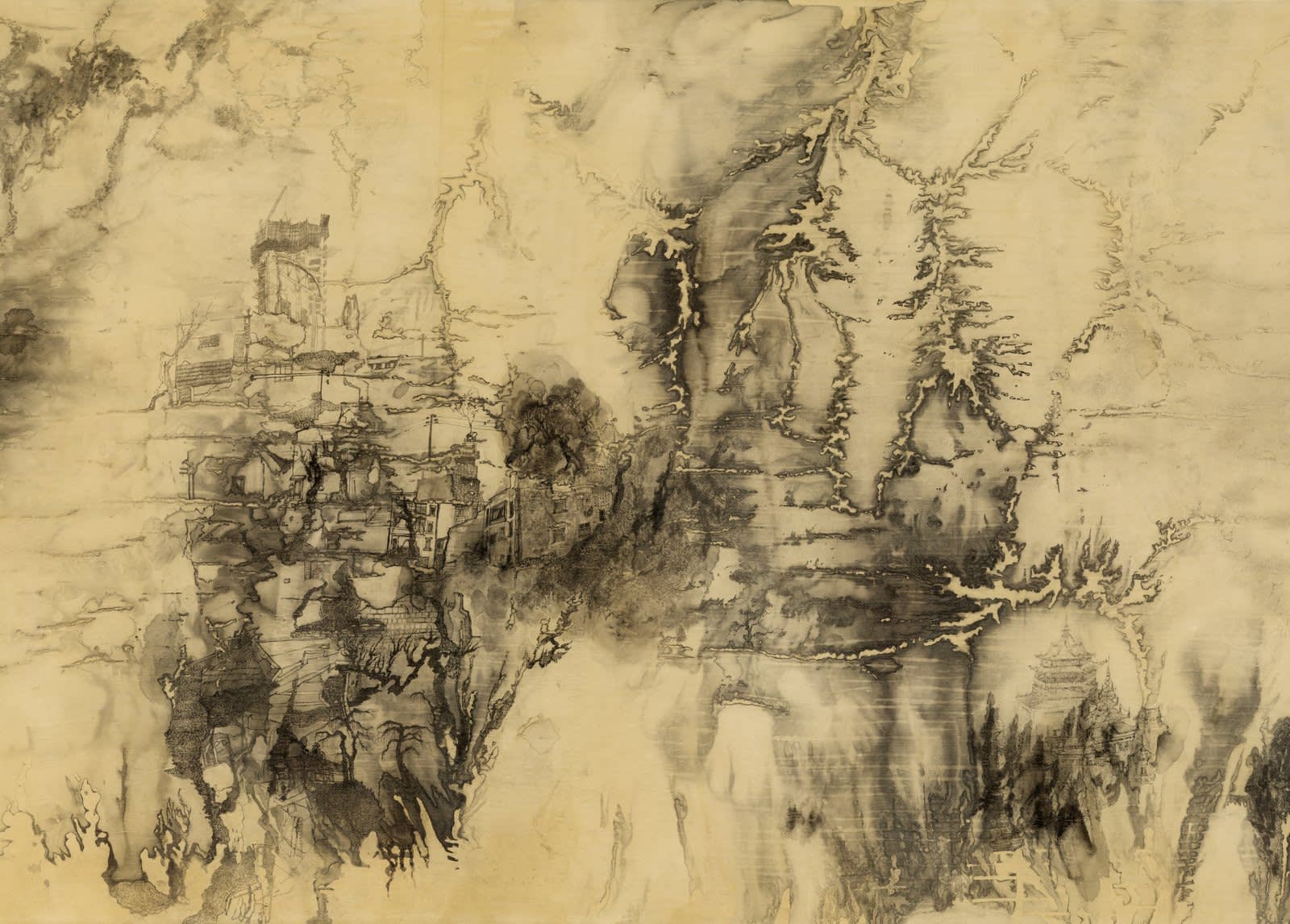
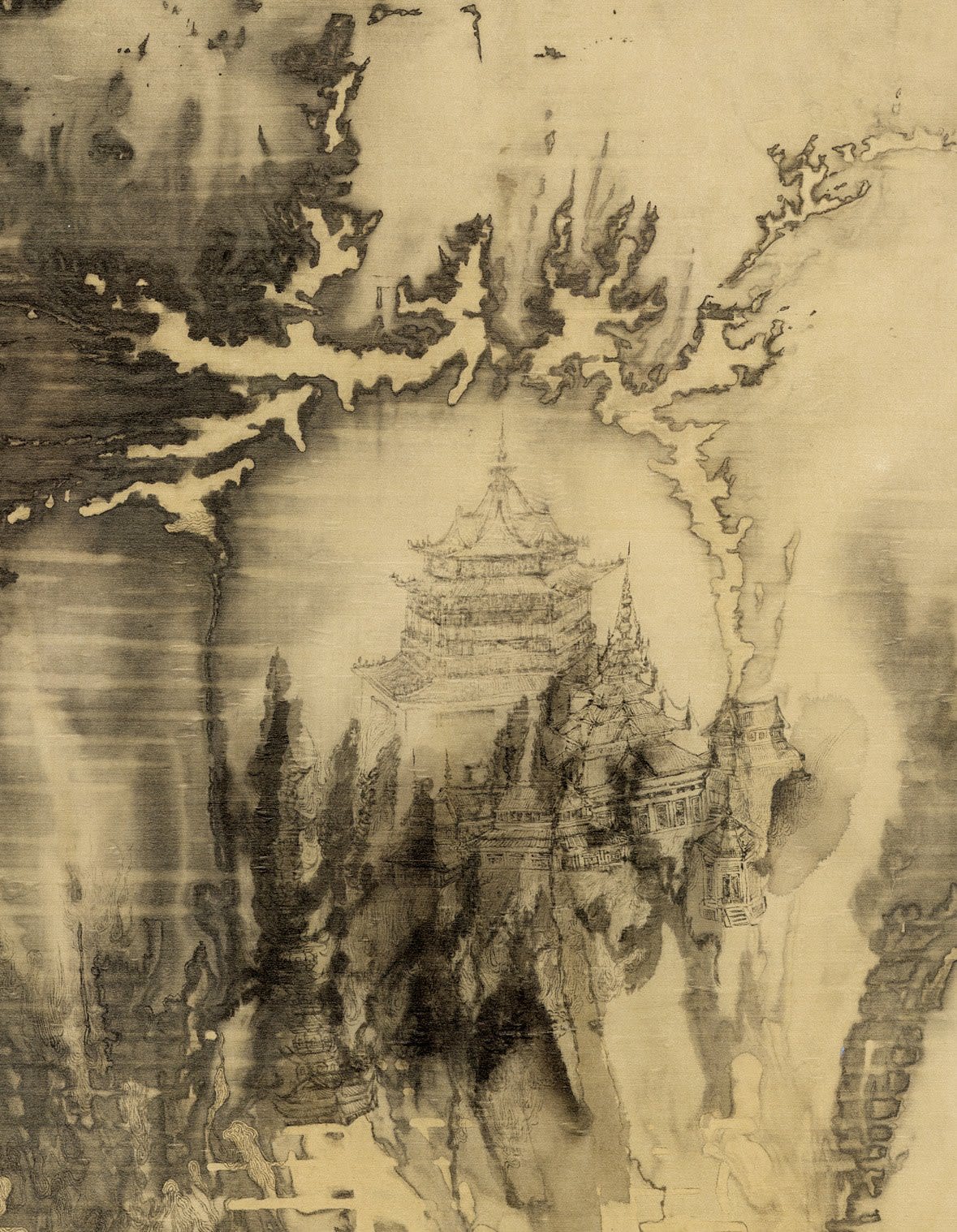
Lost souls and wandering ghosts
Everywhere in this magnificent continent
Are lost souls and wandering ghosts
Underneath every one of its cities
The earth rumbles
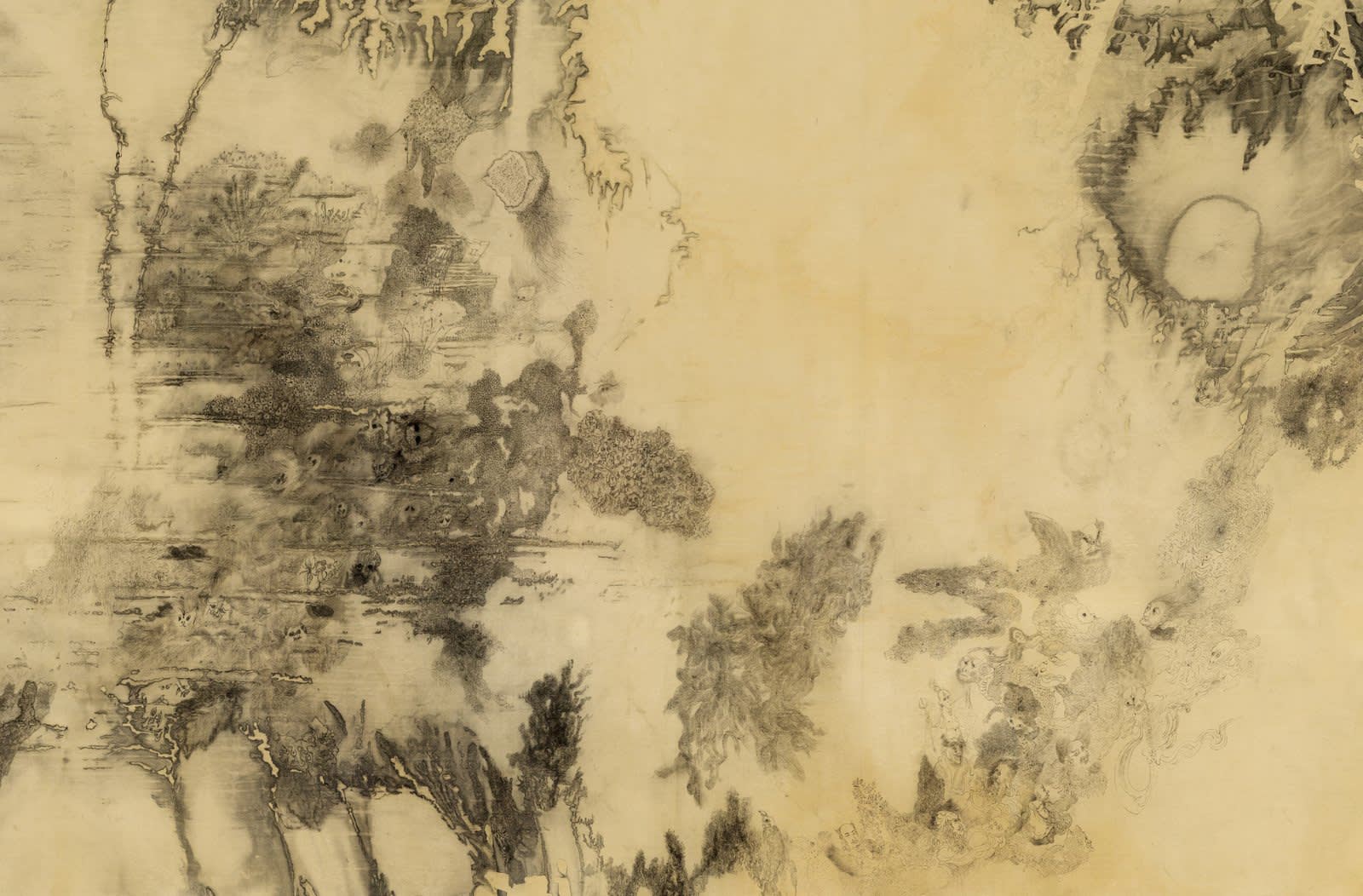
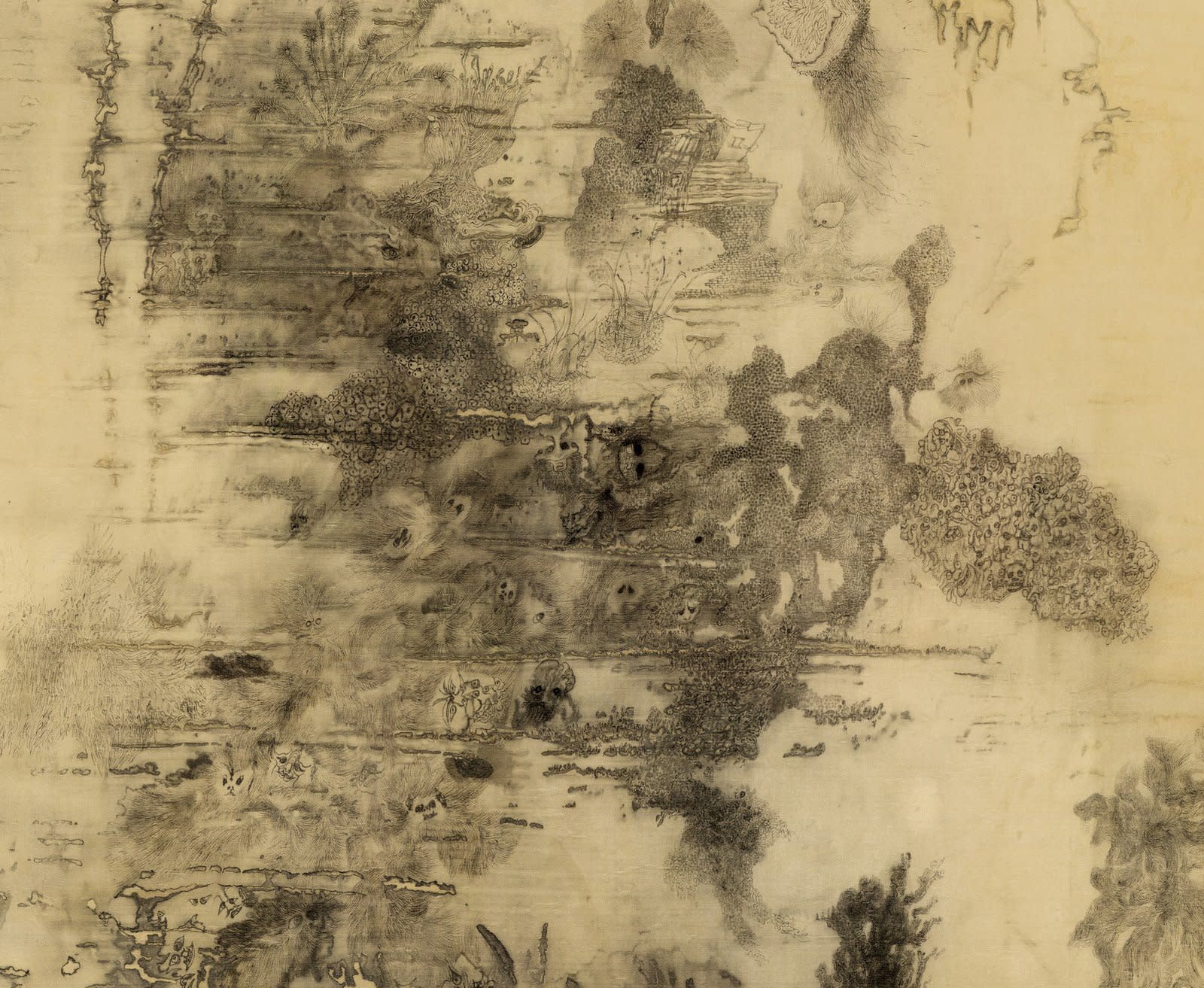
Knotted trees
All the wood
Has grown into the same
Knotted forest


A thousand mountains under water
Mountains and seas, seas and mountains
In an instant:
A thousand underwater mountains


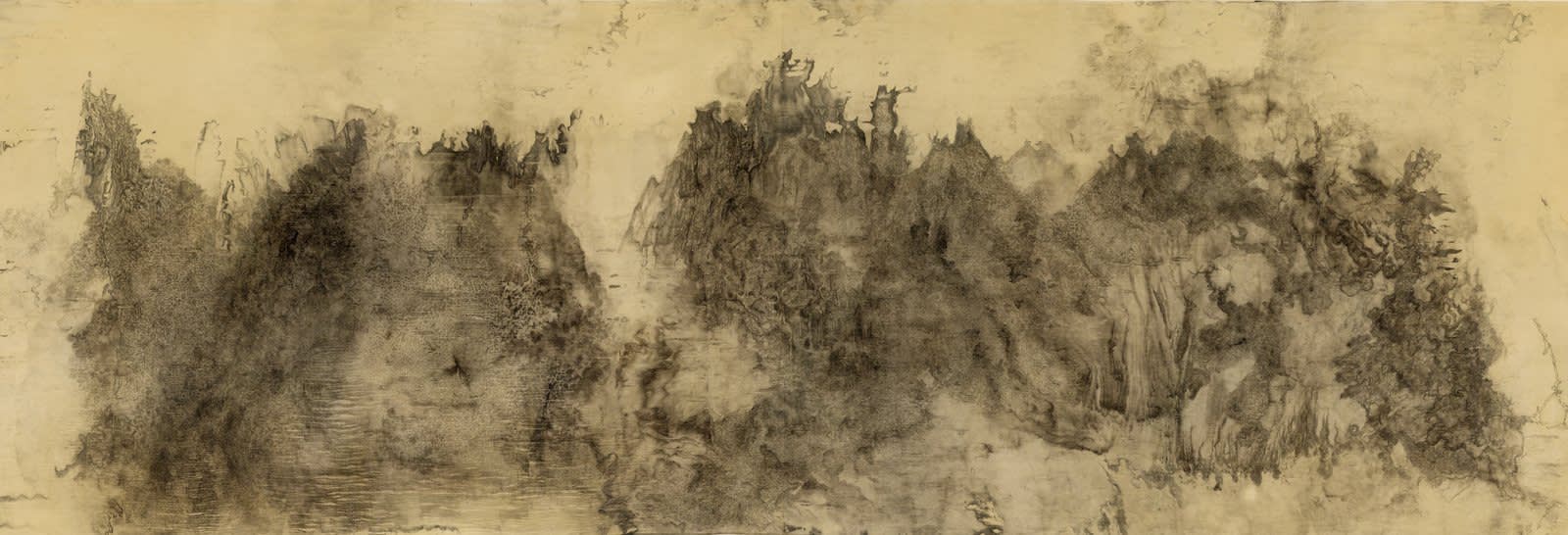
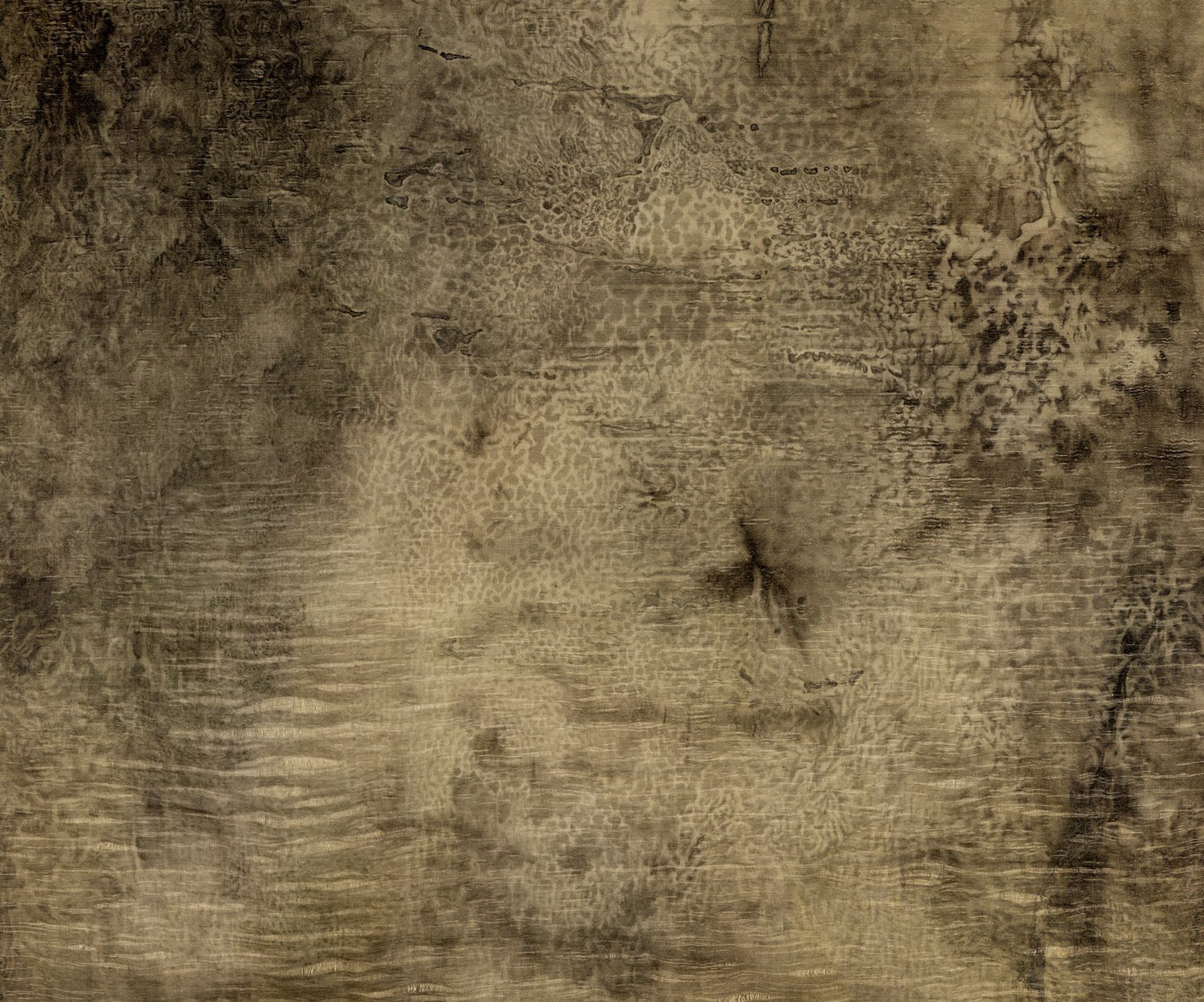
Drifting wood
At the site of catastrople
An abundance of wood: logs, chips, splinters
Drifting

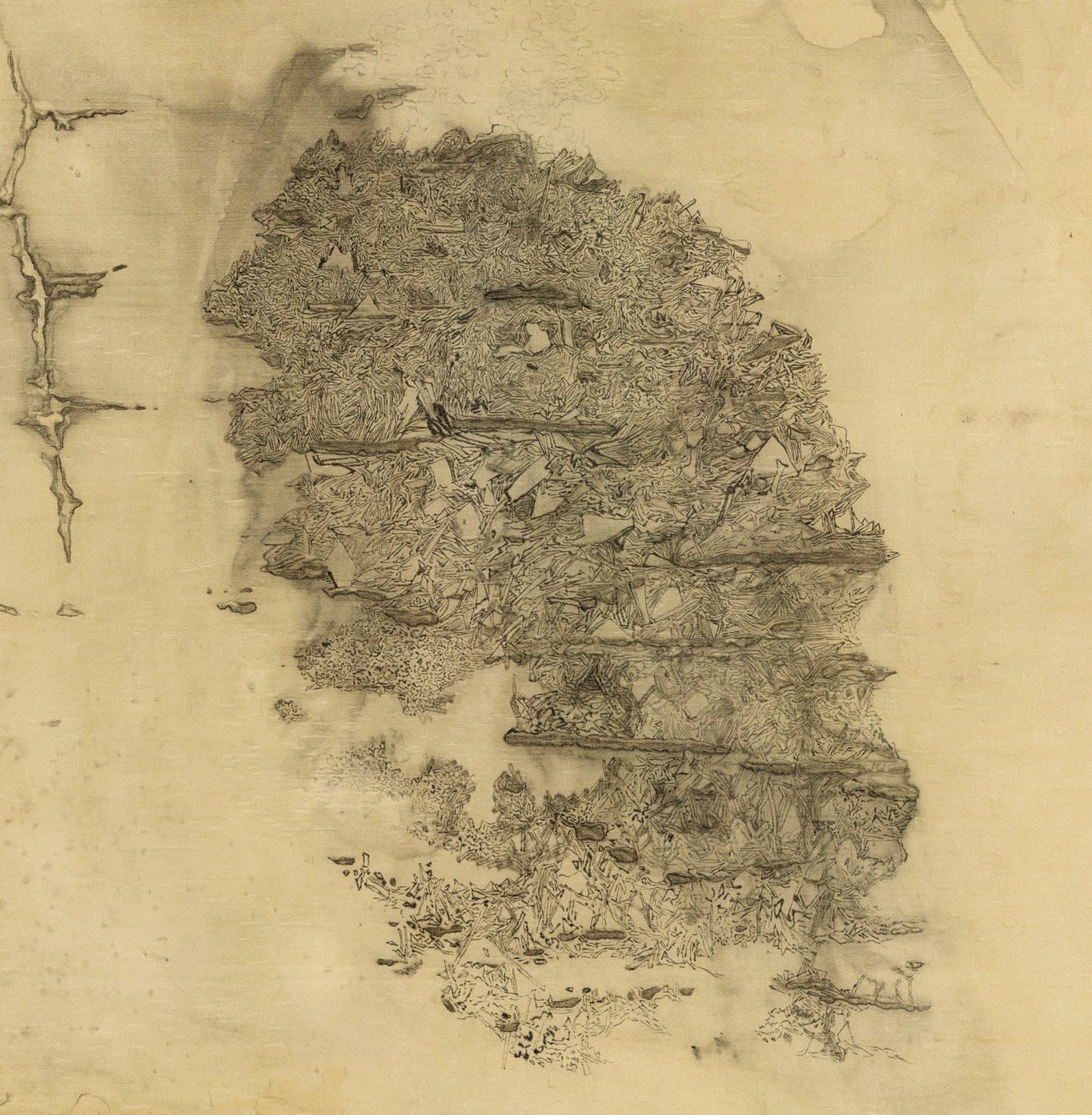
A grave for the masses
Tens of thousands of the dead
Buried here
In this one pit
Tens of thousands
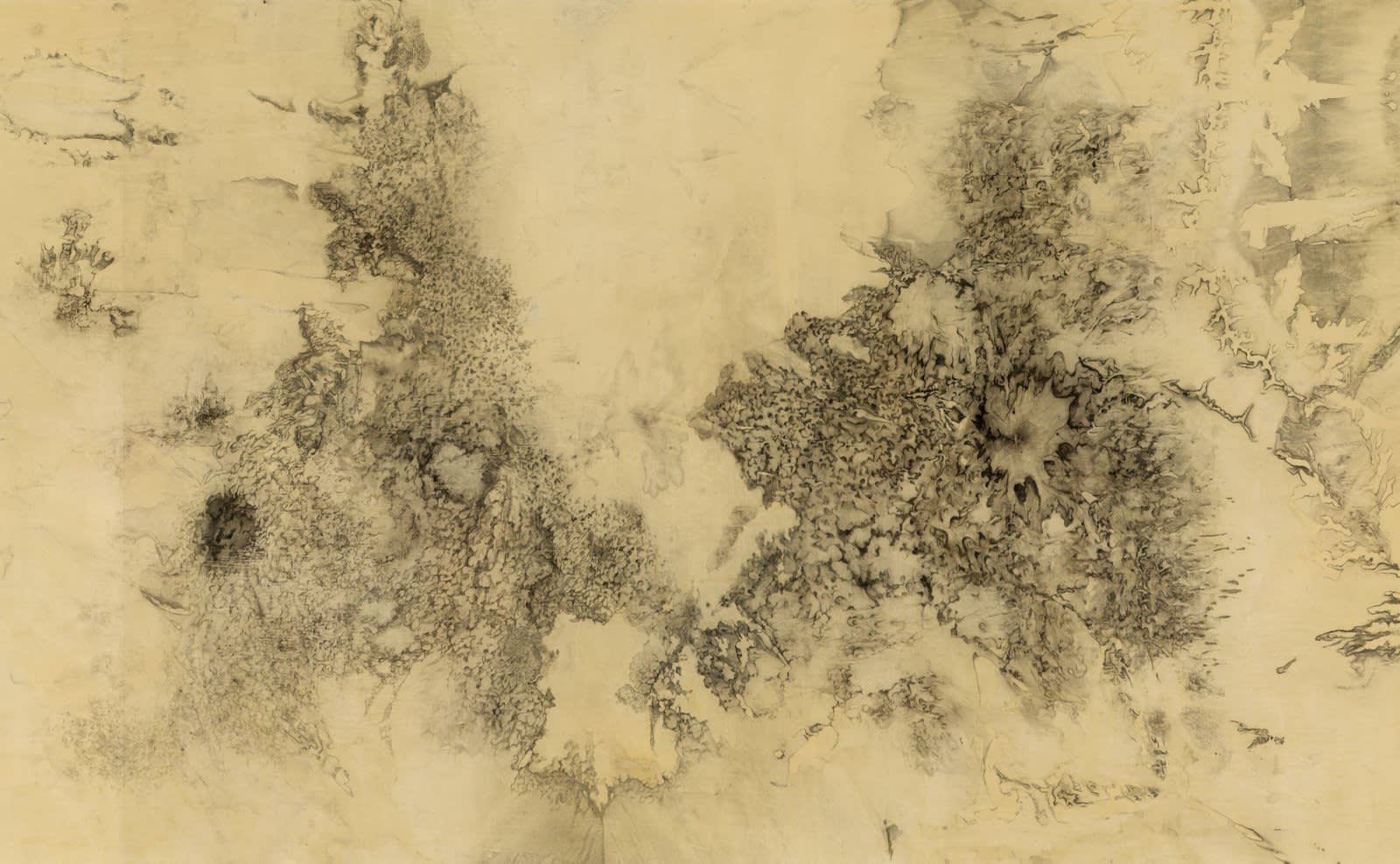
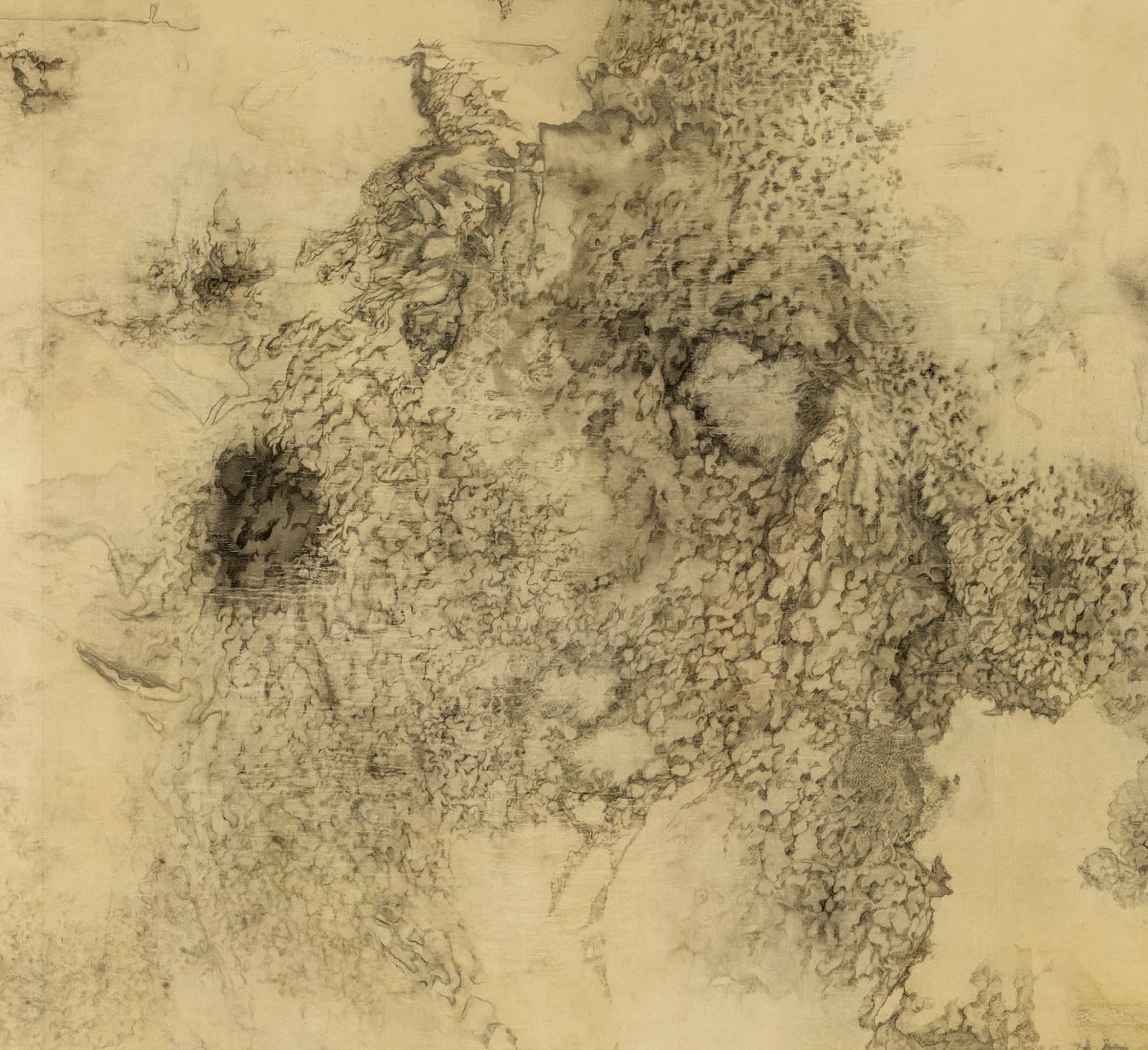
A secret garden
These blasted houses
Seven years later
Are by the cells of the trees remade
A garden
